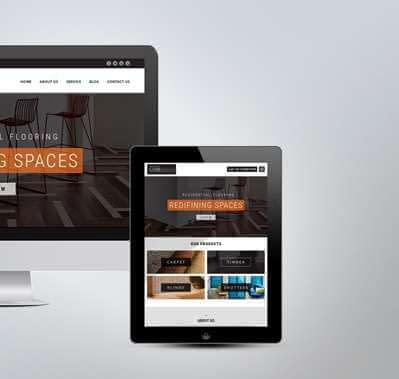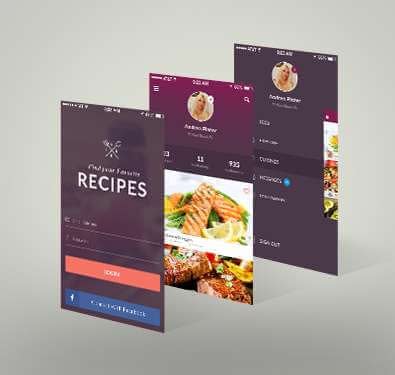
Fibre to the Node: Everything You Need to Know
The term FTTN which stands for Fibre to the Node is not new. It has been thrown around a lot. It is the technology leading the NBN rollout, with nearly thousands of nodes being installed around the nation and it is how the people of Australia will get the NBN’s superfast broadband. It is designed to deliver fast data services to your place through a common network box, which is better known as a node. By 2018, it is expected that over 1.6 million businesses as well as homes will be receiving their NBN connection via FTTN technology.
FTTN is basically all about Nodes. With FTTN, the NBN fibre runs straight to a cabinet, better known as node, in your neighbourhood. Then it connects the surrounding premises from the node using the existing copper network.
According to NBN’s chief network engineering officer, Peter Ryan, FTTN technology not only enables NBN Co to get premises on to the network quicker but also provides a simple upgrade path.
“This is the real benefit of FTTN, it allows us to deliver NBN services to end-users in a time and cost effective manner which allows us to connect end-users much sooner than we could with other technologies — but also provides a simple upgrade path to higher-speeds,” Mr Ryan said in a blog post.
How fast is Fibre to the Node?
According to NBN, customers connected to the NBN via FTTN will be achieving download speeds of around 100Mbps if they are within 400m of the node, as well as speeds of around 60Mbps if they are more than 700m from the cabinet.
Last year, NBN CEO Bill Morrow said that he expects 9 out of 10 homes connected to the FTTN network to get “lightning fast” speeds of between 50Mbps & 100Mbps.
However, your actual speeds will be determined by your connection type. A basic NBN connection will be providing you speed of around 12Mbps. The next step up is 25Mbps, followed by 50Mbps, & 100Mbps.
What equipment will I need for an FTTN connection?
As FTTN technology makes use of existing copper-wiring, you will be able to keep the same phone line that you use for your existing ADSL connection. You will not need any new equipment. However, you will require a VDSL2 ready modem router. With an incompatible modem, you won’t be getting the maximum potential speeds.
Another important thing that you need to know is that whatever copper-reliant services you are currently using, such as your home phone or ADSL broadband will be switched off 18 months after FTTN gets connected in your area.





